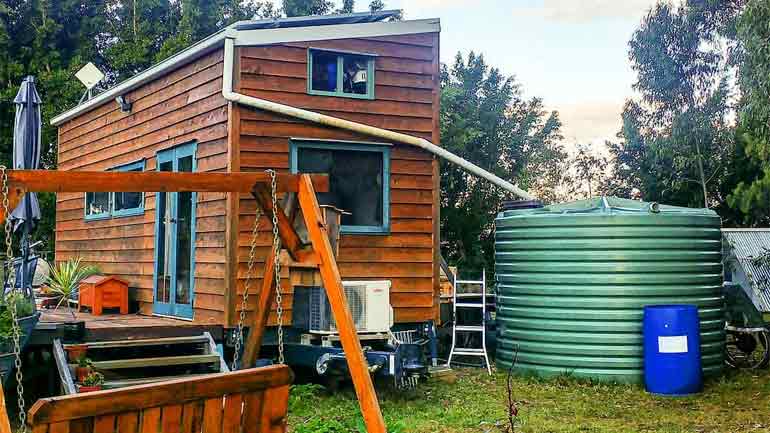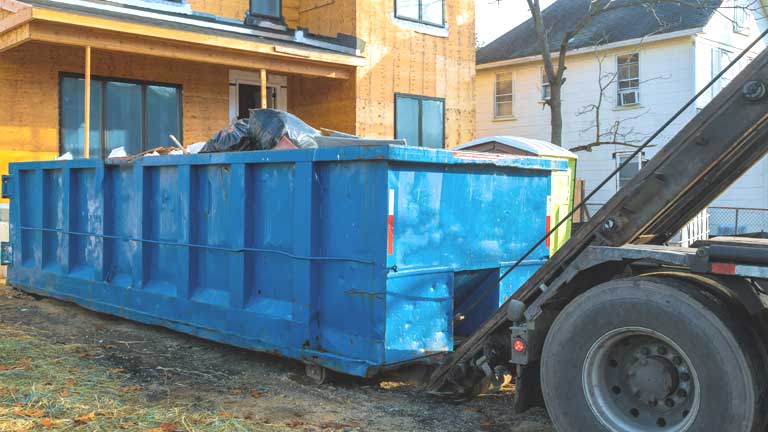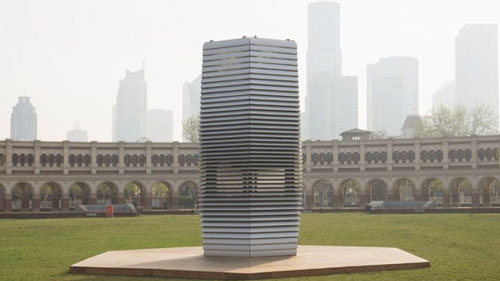
Collecting rainwater is one of several ways we can save our environment. Water is a valuable resource, and it’s essential to make sure the supply won’t be depleted. Harvesting rainwater is a way of collecting and storing rainwater as the water remains in a holding tank, either on the roof of a structure or any other open surface.
Many homeowners are finding out that collecting rainwater is not only an eco-friendly thing to do but a great way to save money at the same time. In addition to reducing your monthly water bill, you’ll also be contributing to helping the environment as well. Are you considering harvesting rainwater? If you are, here are several benefits that will encourage you to:
- Rainwater harvesting is viewed as a green practice and a socially responsible act that promotes environmental responsibility and self-sufficiency at the same time. Collecting rainwater is not only for people with farms, livestock, or agricultural businesses. The method can be used by any homeowner who wants to create an energy-efficient and sustainable home.
- Another reason to collect rainwater runoff and direct it away from gardens and yards is for safety purposes. Gutter hoses are strategically placed around the foundation of an edifice to allow rainwater to drain away from structures that take a lot of pressure from the weather and the surrounding soil’s weight. The gutter hoses can also be used to collect rainwater runoff from the roadways, sidewalks, parking lots, and various other areas where rainwater runoff may contain chemicals and other debris that could be harmful to natural vegetation and wildlife.
- In addition to the environmental benefits, another important use of rainwater harvesting systems is the aesthetics. Landscape irrigation with the collected runoff allows you to create a greener and healthier lawn by keeping lawn grass sizes smaller. The slower travel rate that the water takes helps keep plants’ roots more firmly anchored, preventing them from being uprooted. A natural setting like a large yard can mean a healthier environment and a more resilient landscape. If you’d like to know more about rainwater catchments.
There are various ways to collect rainwater at home. It would be wise to talk to some experts about what needs to be done when it comes to harvesting rainwater and keeping your water collection system working for years to come.
Ways To Collect Rainwater On Your Property
Rainwater harvesting allows people to use rainwater in several ways. Here are the different ways you can harvest rainwater right at your property:
1. Simple Catch Basin
Anyone can start collecting rainwater with basic equipment like a water bucket or watering can. The first step in rainwater harvesting involves collecting the runoff. A simple way to harvest the runoff is by using a garden hose with a spout. To collect the water from the roof, you’ll need a sizeable roof-mounted vacuum or even an attachment for your garden hose.
2. DIY Rainwater Collection System
There are also specialized gutter systems that will assist in the gathering of water. If you’re interested in rainwater harvesting for your garden or yard, there are a few prerequisites:
- First of all, you must have a catch basin in which to capture the runoff.
- Next, you’ll need to plant trees or grasses along the edge of your catch basin so that these capture runoff coming off the edge of your roof.
- Grass and trees will shade your roof and prevent the sun from heating the water, decreasing the evaporation rate. You’ll also need to place metal pots on top of your catch basin to capture rainwater.
- Next, you can store the harvested rainwater in these pots or place them in the gutters on your roof.
3. Rain Water Tanks
Rainwater harvesting can be as simple as collecting rainwater in a rain barrel or more elaborate systems utilized for your entire home. Rainwater tanks are designed to hold rainwater and come in a variety of types and sizes. The rainwater is pumped out of the spigot via a pipe, connecting the fixture to a garden hose. Many people choose to use an overhead tank as it eliminates the need to build a separate catchment system. Tanks provide some ecological benefit as they act as a filter for removing debris, which otherwise enters into the drainage system.
Takeaway
These are only some of the several benefits associated with rainwater harvesting. We all need to begin thinking about how to conserve our natural resources. The more we recycle rainwater, the more we can save the planet’s natural resources for generations to come. An easy way to start is to learn more about rainwater harvesting and how it will benefit your home. You’ll find yourself enjoying the benefits of rainwater harvesting and wanting to start using it in your own home very soon.




